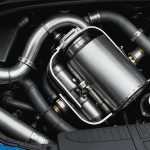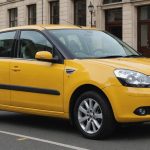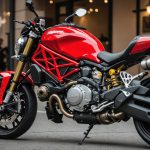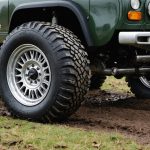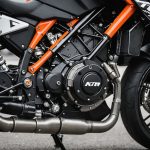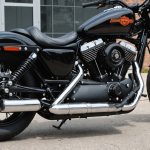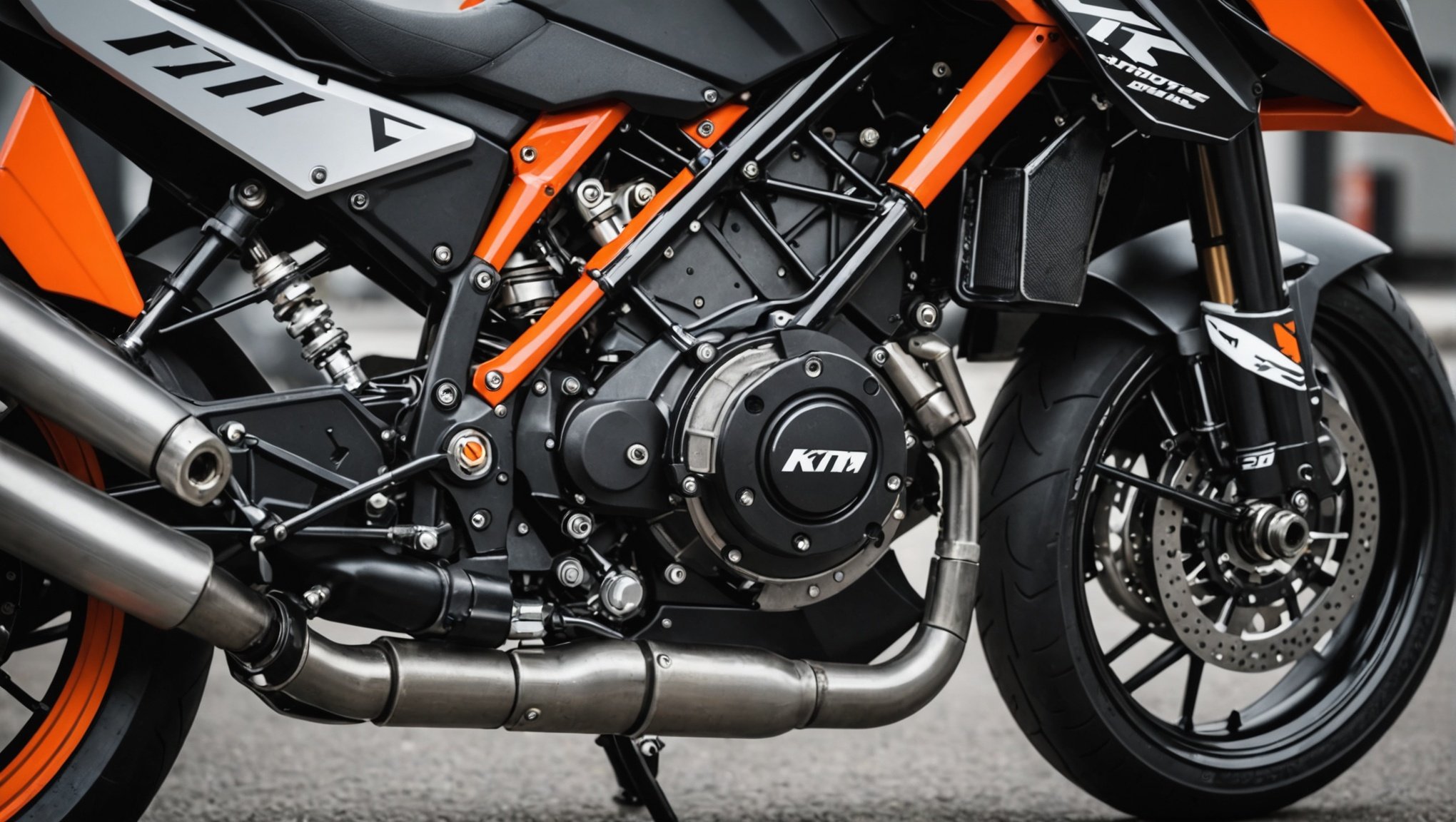Owning a KTM 390 Duke is a thrilling experience. The bike’s agility, power, and sleek design make it a favorite among motorcycle enthusiasts. However, to truly unleash its potential, you must fine-tune its throttle response. This guide will delve into the optimal methods to adjust the throttle response on a KTM 390 Duke, helping you achieve that perfect balance between power and control.
Understanding Throttle Response
To adjust your throttle response effectively, you first need to grasp what throttle response entails. In simple terms, throttle response is the immediacy with which your motorcycle reacts to the throttle input. A swift, sharp response can make your ride exhilarating but might compromise smoothness, while a slower response offers a more controlled, leisurely ride.
Also to see : How do I upgrade the lighting system on a Ducati Monster 1200 for enhanced visibility?
Your KTM 390 Duke comes equipped with an electronic throttle control (ETC), which governs how the motorcycle interprets your inputs. By modifying the ETC settings, you can influence how the engine reacts to the throttle twist.
Components of Throttle Response
Throttle response is not just about the twist of the throttle; it’s an interplay of several components:
Also to read : Maximize your bike’s style with tailor-made sticker kits
-
Throttle Position Sensor (TPS): This sensor monitors the position of the throttle and communicates with the bike’s ECU to adjust the fuel and air mixture.
-
Engine Control Unit (ECU): The ECU processes data from various sensors and adjusts the engine parameters accordingly.
-
Fuel Injectors: These control the amount of fuel delivered to the engine, directly impacting throttle response.
-
Rider Modes: Many modern motorcycles, including the KTM 390 Duke, offer different riding modes that alter throttle response and power delivery.
Understanding these components can help you make more informed adjustments to your throttle response.
Tools and Equipment Needed
Before diving into the adjustments, ensure you have the right tools and equipment. Here’s a checklist to prepare you:
- OBD-II Scanner: This will help you read and clear diagnostic trouble codes and access real-time data from the ECU.
- Throttle Position Sensor Tool: For precise adjustments to the TPS.
- Screwdrivers and Wrenches: Basic tools for any mechanical adjustments.
- Laptop with Tuning Software: If you plan to make advanced adjustments via the ECU.
- User Manual: Your KTM 390 Duke’s manual is an invaluable resource.
Having these tools at your disposal will make the adjustment process smoother and more efficient.
Safety First
Always prioritize safety when working on your motorcycle. Wear appropriate protective gear, ensure the bike is on a stable stand, and work in a well-ventilated area. Disconnect the battery to prevent any accidental electrical short circuits.
Step-by-Step Guide to Adjusting Throttle Response
Now that you’re armed with knowledge and tools, let’s dive into the actual adjustment process. Follow these steps meticulously for optimal results.
Step 1: Connect the OBD-II Scanner
Start by connecting your OBD-II scanner to the bike’s diagnostic port. This will allow you to access real-time data and identify any existing issues that might affect throttle response.
Step 2: Read and Clear Codes
Use the OBD-II scanner to read any diagnostic trouble codes (DTCs). Clear these codes to ensure that you’re starting with a clean slate.
Step 3: Adjust the Throttle Position Sensor
Locate the TPS on your KTM 390 Duke. Using your throttle position sensor tool, make small adjustments to the TPS. Monitor the changes using your OBD-II scanner to ensure the sensor is correctly calibrated.
Step 4: Modify ECU Settings
For more advanced adjustments, use your laptop with tuning software to access the ECU. Adjust parameters such as the fuel map and ignition timing. Be cautious with these settings, as incorrect adjustments can negatively impact performance.
Step 5: Test Ride
After making the adjustments, take your KTM 390 Duke for a test ride. Pay close attention to the throttle response and make note of any further adjustments needed.
Step 6: Fine-Tune
Based on your test ride, make any necessary fine-tuning adjustments. Repeat the test ride and fine-tuning process until you achieve the desired throttle response.
Common Pitfalls to Avoid
While adjusting the throttle response can significantly enhance your riding experience, there are common pitfalls to avoid:
Over-Adjusting
One of the most common mistakes is over-adjusting the TPS or ECU settings. Small, incremental adjustments are the key to finding the sweet spot. Over-adjusting can lead to performance issues and even damage the engine.
Ignoring the User Manual
Your KTM 390 Duke’s user manual contains valuable information specific to your bike model. Ignoring this resource can result in improper adjustments and potential mechanical issues.
Skipping Test Rides
Test rides are crucial in assessing the impact of your adjustments. Skipping this step can leave you with an improperly tuned throttle response, compromising both performance and safety.
Benefits of Proper Throttle Response Adjustment
Adjusting the throttle response on your KTM 390 Duke offers several benefits that can elevate your riding experience.
Enhanced Performance
A well-adjusted throttle response can significantly enhance your bike’s performance. Immediate power delivery and smooth acceleration can make your rides more exhilarating.
Improved Fuel Efficiency
Optimizing throttle response can also improve fuel efficiency. By ensuring that the engine receives the right amount of fuel and air, you can achieve better mileage.
Better Handling
Smooth and predictable throttle response can improve your bike’s handling, especially in tight corners and during sudden maneuvers. This can enhance both safety and enjoyment on the road.
Customization
Adjusting the throttle response allows you to customize your KTM 390 Duke to suit your riding style. Whether you prefer aggressive acceleration or smooth, controlled power delivery, you can tailor your bike to meet your preferences.
In the quest to optimize throttle response on your KTM 390 Duke, understanding the interplay between the various components and making informed adjustments is paramount. By following the steps outlined in this guide, you can significantly enhance your bike’s performance, fuel efficiency, and handling.
Remember, the key to a successful throttle response adjustment lies in meticulous preparation, small incremental changes, and thorough testing. Armed with the right tools and knowledge, you can transform your KTM 390 Duke into a finely tuned machine that delivers an unparalleled riding experience.
So, what is the optimal way to adjust the throttle response on a KTM 390 Duke? It’s a combination of understanding the components, using the right tools, and making precise adjustments. With careful attention to detail and a methodical approach, you can achieve the perfect balance of power and control, making every ride a thrilling adventure.



